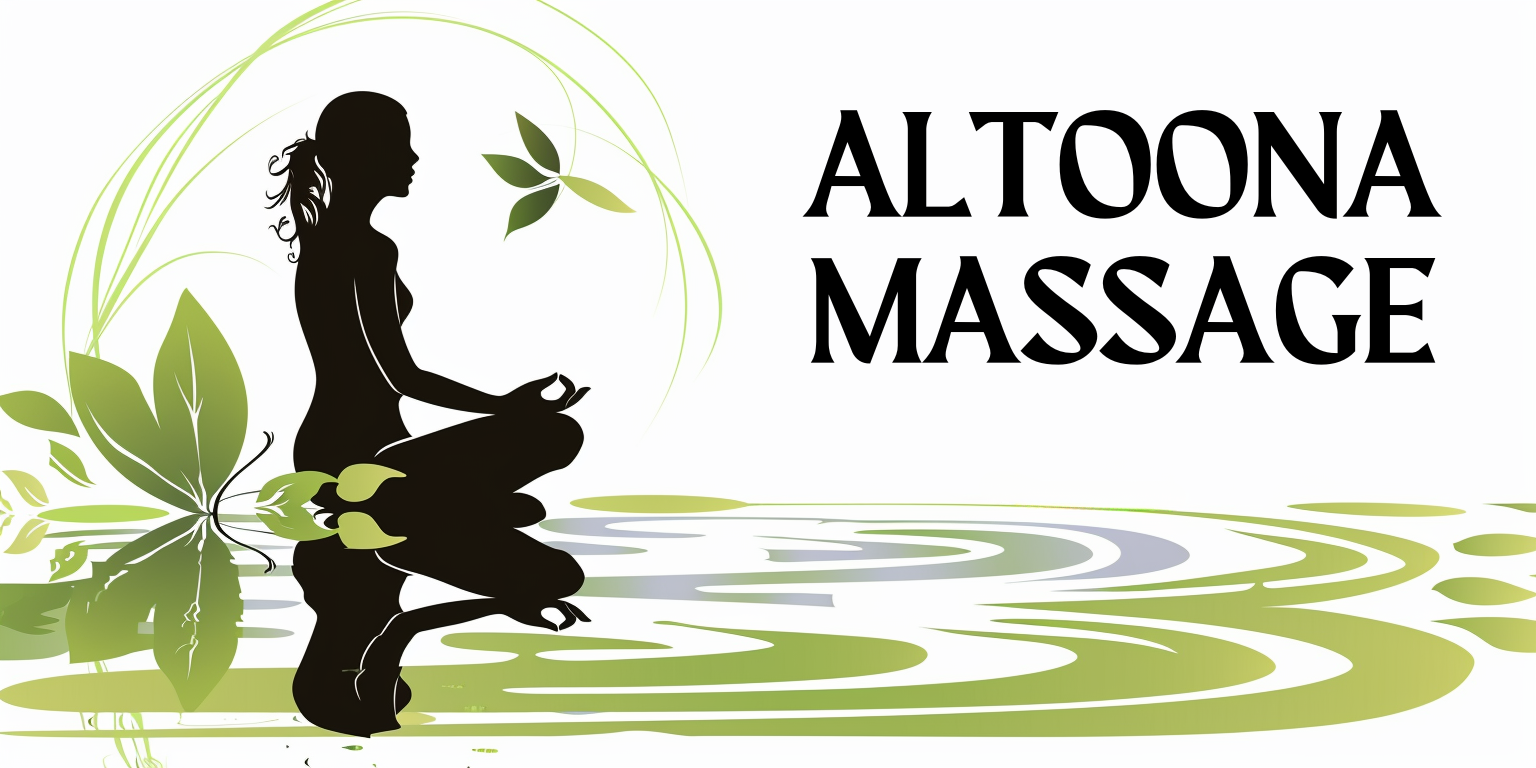As an athlete or someone who leads an active lifestyle, you understand the physical demands placed on your body. The importance of massage cannot be overstated; it serves as a vital tool in your recovery arsenal. Regular massage therapy can help alleviate muscle soreness, reduce tension, and enhance overall performance.
By incorporating massage into your routine, you not only promote physical recovery but also foster mental well-being, allowing you to maintain focus and motivation in your training. Moreover, massage plays a crucial role in injury prevention. When you engage in rigorous physical activity, your muscles endure stress and strain, which can lead to tightness and imbalances.
By receiving regular massages, you can identify and address these issues before they escalate into more serious injuries. This proactive approach not only keeps you in peak condition but also extends your athletic career, allowing you to enjoy the activities you love for years to come.
Key Takeaways
- Massage is important for athletes and active individuals to improve performance, prevent injuries, and aid in recovery.
- Swedish massage is great for relaxation and overall muscle recovery, promoting better sleep and reducing stress.
- Deep tissue massage targets specific muscles and is effective for relieving chronic muscle tension and pain.
- Sports massage focuses on injury prevention and performance enhancement, helping athletes maintain peak physical condition.
- Myofascial release improves flexibility and range of motion by releasing tension in the connective tissue, promoting better movement and reducing the risk of injury.
- Trigger point therapy is effective for pain relief and muscle tension, targeting specific areas of discomfort and promoting relaxation.
- Active release technique aids in rehabilitation and injury recovery by breaking up scar tissue and promoting better muscle function.
- Choosing the right massage technique is crucial for meeting individual needs, whether it’s relaxation, recovery, injury prevention, or rehabilitation.
Swedish Massage for Relaxation and Recovery
Swedish massage is often regarded as the quintessential form of massage therapy, particularly for relaxation and recovery. This technique employs long, flowing strokes, kneading, and gentle circular movements to promote relaxation and improve circulation. As you lie on the massage table, the soothing rhythm of the therapist’s hands can transport you to a state of tranquility, melting away the stresses of daily life and the strains of your athletic pursuits.
The benefits of Swedish massage extend beyond mere relaxation. By enhancing blood flow, this technique helps deliver oxygen and nutrients to your muscles while flushing out toxins. This process accelerates recovery after intense workouts or competitions, allowing you to bounce back more quickly.
Additionally, the calming effects of Swedish massage can help reduce anxiety and improve sleep quality, both of which are essential for optimal performance in your athletic endeavors.
Deep Tissue Massage for Targeted Muscle Relief

If you often find yourself battling chronic muscle tension or specific areas of discomfort, deep tissue massage may be the ideal solution for you. This technique focuses on the deeper layers of muscle and connective tissue, using firm pressure and slow strokes to release tension and break up adhesions. As the therapist works through tight knots and areas of restriction, you may experience a profound sense of relief that can significantly enhance your overall well-being.
Deep tissue massage is particularly beneficial for athletes who engage in repetitive motions or high-impact activities. By targeting specific muscle groups that are overworked or strained, this technique can help alleviate pain and improve mobility. You may find that after a session, not only do you feel more relaxed, but your range of motion has also improved, allowing you to perform at your best without the hindrance of tightness or discomfort.
Sports Massage for Injury Prevention and Performance Enhancement
Sports massage is specifically designed to cater to the unique needs of athletes like yourself. This technique combines elements of various massage styles to address the physical demands of your sport while focusing on injury prevention and performance enhancement. Whether you’re preparing for a competition or recovering from an intense training session, sports massage can help optimize your physical condition.
One of the key benefits of sports massage is its ability to enhance flexibility and range of motion. By targeting specific muscle groups and using techniques such as stretching and compression, this type of massage can help improve your overall athletic performance. Additionally, sports massage can aid in reducing muscle soreness and fatigue, allowing you to train harder and recover faster.
By incorporating sports massage into your routine, you can ensure that you’re always at the top of your game.
Myofascial Release for Improved Flexibility and Range of Motion
Myofascial release is a specialized technique that focuses on releasing tension in the fascia—the connective tissue that surrounds muscles and organs throughout your body. If you’ve ever experienced tightness or discomfort that seems to linger despite stretching or other forms of therapy, myofascial release may be the answer you’ve been searching for. This gentle yet effective approach targets restrictions in the fascia, promoting improved flexibility and range of motion.
As an active individual, you likely understand the importance of maintaining optimal flexibility for peak performance. Myofascial release can help you achieve this by addressing underlying issues that may be limiting your movement. By working with a skilled therapist who understands the intricacies of fascia, you can experience a newfound sense of freedom in your body.
This technique not only enhances physical performance but also contributes to overall well-being by reducing pain and promoting relaxation.
Trigger Point Therapy for Pain Relief and Muscle Tension

How Trigger Point Therapy Works
During a session, the therapist will apply pressure to these trigger points, helping to release tension and restore normal muscle function. You may find that after just one session, areas that once felt tight or painful begin to loosen up, allowing for greater ease of movement.
The Benefits for Athletes
For athletes who push their bodies to the limit, trigger point therapy can be an essential component of their recovery strategy, helping them stay pain-free and ready for action.
Experience the Relief for Yourself
If you’ve ever experienced discomfort that seems to radiate from one area to another, trigger point therapy may be particularly beneficial for you.
Active Release Technique for Rehabilitation and Injury Recovery
Active Release Technique (ART) is a cutting-edge approach that combines manual therapy with movement to address soft tissue injuries and promote rehabilitation. If you’re recovering from an injury or dealing with chronic pain, ART may be an effective option for you. This technique focuses on identifying specific areas of restriction within muscles, tendons, ligaments, and fascia while incorporating active movement to facilitate healing.
During an ART session, you’ll work closely with a trained practitioner who will guide you through specific movements while applying targeted pressure to affected areas. This dynamic approach not only helps release tension but also retrains your body to move more efficiently. As an athlete or active individual, you’ll appreciate how ART can accelerate your recovery process, allowing you to return to your favorite activities sooner while minimizing the risk of re-injury.
Choosing the Right Massage Technique for Your Needs
With so many massage techniques available, it can be overwhelming to determine which one is best suited for your individual needs. The key is to consider your specific goals—whether you’re seeking relaxation, pain relief, injury prevention, or enhanced performance. Each technique offers unique benefits that cater to different aspects of physical well-being.
To make an informed decision, it may be helpful to consult with a qualified massage therapist who can assess your needs and recommend an appropriate approach. They can guide you through the various options available and help tailor a treatment plan that aligns with your lifestyle and athletic pursuits. Remember that regular communication with your therapist is essential; as your body changes and evolves through training or recovery, so too may your massage needs.
In conclusion, incorporating massage into your routine as an athlete or active individual is not just a luxury—it’s a necessity for optimal performance and recovery. By understanding the various techniques available and their specific benefits, you can make informed choices that support your physical well-being. Whether you opt for Swedish massage for relaxation or deep tissue therapy for targeted relief, each session brings you one step closer to achieving your athletic goals while maintaining a healthy balance in both body and mind.
FAQs
What are the benefits of massage for athletes and active individuals?
Massage can help athletes and active individuals by improving flexibility, reducing muscle soreness, enhancing recovery, preventing injuries, and promoting overall relaxation and well-being.
What are some of the best massage techniques for athletes and active individuals?
Some of the best massage techniques for athletes and active individuals include deep tissue massage, sports massage, myofascial release, trigger point therapy, and Swedish massage.
How often should athletes and active individuals get a massage?
The frequency of massages for athletes and active individuals can vary depending on their training intensity, competition schedule, and individual needs. However, getting a massage once a week or every other week is generally recommended for optimal benefits.
Are there any specific areas of the body that should be targeted during a massage for athletes and active individuals?
Common areas that should be targeted during a massage for athletes and active individuals include the legs, back, shoulders, and arms. These areas often experience the most strain and tension from physical activity.
Can massage help with injury prevention for athletes and active individuals?
Yes, regular massage can help with injury prevention by improving muscle flexibility, reducing muscle tension, and addressing any imbalances or tightness that could lead to injuries during physical activity.
